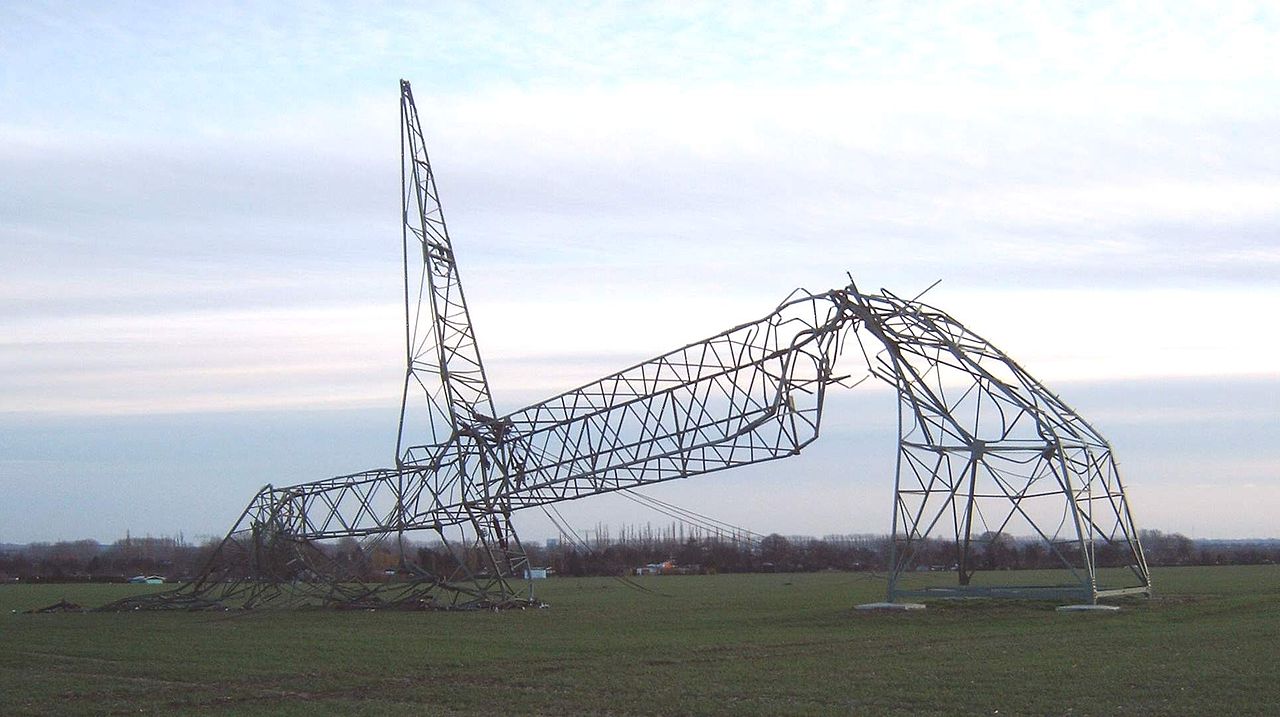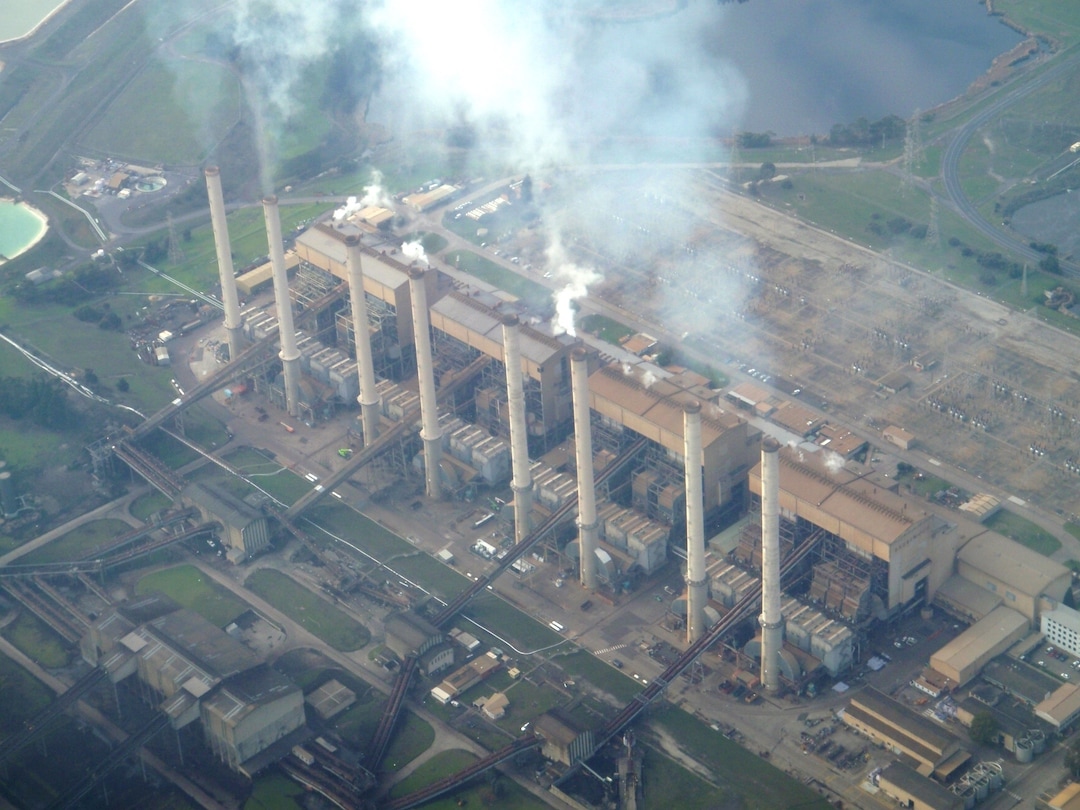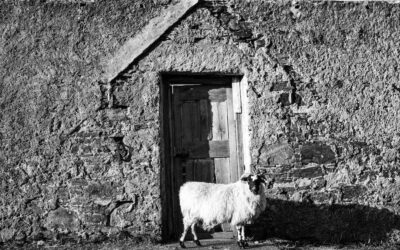A charging meme: The power of the stories
The old stories while they’re never meant to be taken literally they have truth in them nonetheless —Pádraig Ó Tuama*
All change starts with a story. In answering today’s crises we’ll be stronger, and more effective, weaving stories together with physical changes.
Introduction
The stories we are creating are powerful. This is a presentation about how we can use this for success to CHARGE 2020, a global clean energy conference.
You-we-I are transgressive. I mean that in the sense we break boundaries and paradigms.
Transgressive is not just changing the system, introducing clean energy, redesigning power supply, use and delivery. It is changing our culture and ourselves. That is, our thinking patterns. And we are creating a new meta–story.
Critically, we are doing this locally and globally. The dominant way we think about the world, it’s dominant thinking-pattern story if you like, limits clean energy success. Equally, your actions are part of changing that narrative.
Importantly, recognising the story comes first is good for business bottom lines and society well-being.
Read on below or watch the talk here>
Contents
1 Introduction | 2 What do I mean? | 3 My story | 4 Next narrative | 5 The old is not enough | 6 The meta | 7 What’s changing
What do I mean?
It is Wednesday 28 September 2016. A huge storm is buffeting South Australia with gale-force winds across the state. It is savage enough that tornadoes form and high voltage electricity powerline pylons are ripped out, damaged or crumpled over. At 3:50 pm that day the system has had enough, three of the four Adelaide interconnectors are damaged, widespread transmission trip-outs occur and practically the entire state is blacked out into the evening. Some of the state for days.
I’m telling the story as it seems pretty clear where you’ll look for lessons. If power pylons are ripped out of the ground, there’s an image in my mind of one that was totally tipped horizontal, it seems pretty obvious what the primary issue is.
However, I’m not here to talk about technical details. What’s fascinating about this case is also how we made sense of it.
Action
Take 30 seconds and think about, write down if you can, what story do you tell yourself when you see a high voltage transmission line power pylon knocked to the ground?
It is lying flat on the ground. What story do you think about it?

Contents
1 Introduction | 2 What do I mean? | 3 My story | 4 Next narrative | 5 The old is not enough | 6 The meta | 7 What’s changing
My story
When I see that image, part of the story I tell myself is what’s on acceptable risk? Could we mitigate it by re-conceptualising the system, decentralised local generation supplementing centralised renewables?
The story I didn’t tell myself is this would never have happened if it wasn’t for all those wind turbines!
Meta
There is a meta-story running too
In 2016, South Australia renewable energy is supplying some 57% of all the state’s electricity. Within days people are pointing fingers at wind energy. Surely this wouldn’t have happened with coal power? No matter that it makes no difference what’s at the end of a powerline when that powerline is ripped out of the ground.
Some people immediately made sense of this through a conventional, modern-day meta-narrative—centralised profitable established institutions such as coal power are better.

Narratives
Let me explain a little bit more about stories and why is this useful and important for everyone concerned about clean energy.
I am going to sketch three building blocks for you: memes, stories, meta-narrative.
Human society responds to ideas, imagination and emotions.
Memes, as my colleague Sandra Waddock* puts it, are core units of culture—they can be ideas, images, symbols, words, and phrases. They are powerful when they resonate—and thereby get transferred from person to person—replicating sticky ideas. For example, brands and logos like the Coca Cola label or the Nike ‘swish’ are memes. Ideas and phrases like “growth is good” “there is no alternative “are memes too.
Another way of looking at a meme is that these are replicating cultural artefacts. They shape our behaviours and how we make sense of the world around us. We’re likely to be more successful if we understand and work with these underpinning psychologies. For example, mental archetypes can draw us towards delivering equitably sustainable, clean power answers and, conversely, can hold us back, limit our thinking, to the old ways.

Contents
1 Introduction | 2 What do I mean? | 3 My story | 4 Next narrative | 5 The old is not enough | 6 The meta | 7 What’s changing
Not enough
One old way of thinking is profit fixes everything. It does not, it is not enough. For example, I led a winning solar consortium’s energy efficiency division. One potential client was a large potato processor. In its factory, it was obvious that a simple change would save one part of its operations $30,000 a month in electricity. The full cost of that change was $60,000. We could not get them to do it! I’ll leave you to do the maths. Those examples are not unusual. People are discounting such clean energy solutions with the equivalent of discount rates as high as 100 to 400%.
My point is that a cultural story says we act to maximise profit. Our actual behaviour demonstrates is substantially influenced by our beliefs and values.
That’s the power of a story.
Action
Take 30 seconds please and think about, write down if you can, a story that perplexed you. Did you see action or inaction which confounded you?
Did you see something which astounded you?

The meta-narrative
A significant part of this issue is our worldwide metanarrative. Sometimes it’s called neoliberalism. Milton Friedman when he said, “The social responsibility of business is to increase its profits”, illustrates some of the problems of this defective, incomplete story.
The way some people made sense of South Australia’s catastrophic power blackout tracks back to that market failure ideal too.
The potato processor, I believe, was hearing us say take these actions because they are good for the environment. That’s in spite of the fact we were saying take these actions because they are good for your financial bottom line.
Leaders
Fortunately, you, we are all leaders. Renewable energy systems reconfigure, re-conceptualise and disrupt the old energy paradigm.
However, this is changing more than just physical infrastructure. A shift is underway in how we think about the world—towards re-prioritising collaboration and synergy. Business that deliver environmental, social and economic benefits as they scale.

Contents
1 Introduction | 2 What do I mean? | 3 My story | 4 Next narrative | 5 The old is not enough | 6 The meta | 7 What’s changing
Action
Last one! Can you take 30 seconds please and think about, write down if you can, a story you would like to change?
How does it start? Who’s are the ‘heroes’ and what do they do? How does it end?
What’s changing
The story I think we’re changing is to reset the purpose of business. Our new purpose is that we serve the world and all beings.
We serve the world and all beings giving back more than we take.
That’s a radical shift that renewable energy has already started. It is part of restoring our climate. In many cases, it is part of distributing power. Very often it is delivering significant health and well-being benefits.
That’s transgressive. It’s changing the local story. It is changing what we think is possible and our understanding of human nature. It is part of changing our global story. We will be stronger, more effective and more successful through recognising these interconnections.
All charges for change start with a story.

Resources
Links and posts
This full talk was presented at CHARGE 2020 here>
For more images, videos and articles on stories and transformation see:
- We need help! For transformations here>
- Hidden stories: Shifting our thinking patterns here>
- For Sandra Waddock on memes and narratives see Shamanic sensemaking: conscious transformation here> and her recent paper on Reframing and transforming economics around life here> plus:
- Memes, stories, narratives: Essential for wellbeing here>
- For a practical example of how this works see Powerful stories: we’re better together here>
- George Monbiot explains the importance in Disorder afflicts the land: and a story hero to restore harmony! here>
- Infinite potential: Antony Gormley and places of transformation here>
- Connected: Richard Walley and Nyungar universal language here>
- For more on what draws us in see Attractors: Strangely we keep getting pulled in here>
A visual index of articles about transformation is here>
Pictures and video by Festina Lentívaldi, (be) Benevolution. Reuse: Creative Commons BY-NC 3.0 US except for powerlines and power station, wiki commons and reading boy free stock.
Poetry as a Gateway
Marie Howe and Pádraig Ó Tuama explore poetry at the Collective Trauma summit. The quote at the start is Pádraig Ó Tuama
Subscribe
Get the newsletter (story summary).
Recent posts
Coming home
We belong to and are of the Earth but we bypass our sense of belonging. I missed this leaving home and my story mirrors our larger, human-wide journey. What do I need to come home?
Soulprint: Peak nature
Extraordinary: a paradigm shift by 147 governments and the UN endorsing “humans and nature are spiritually connected.” Invitation: to build on this for yourself and all of us.
We are in a portal
I’ve a deep knowing: we humans have shifted. That’s disorienting so here’s 3 handrails to help: this is sourced in bliss; lubricated by peak oil; agreed by UN & 147 nations; and, all with dragonflies!


0 Comments